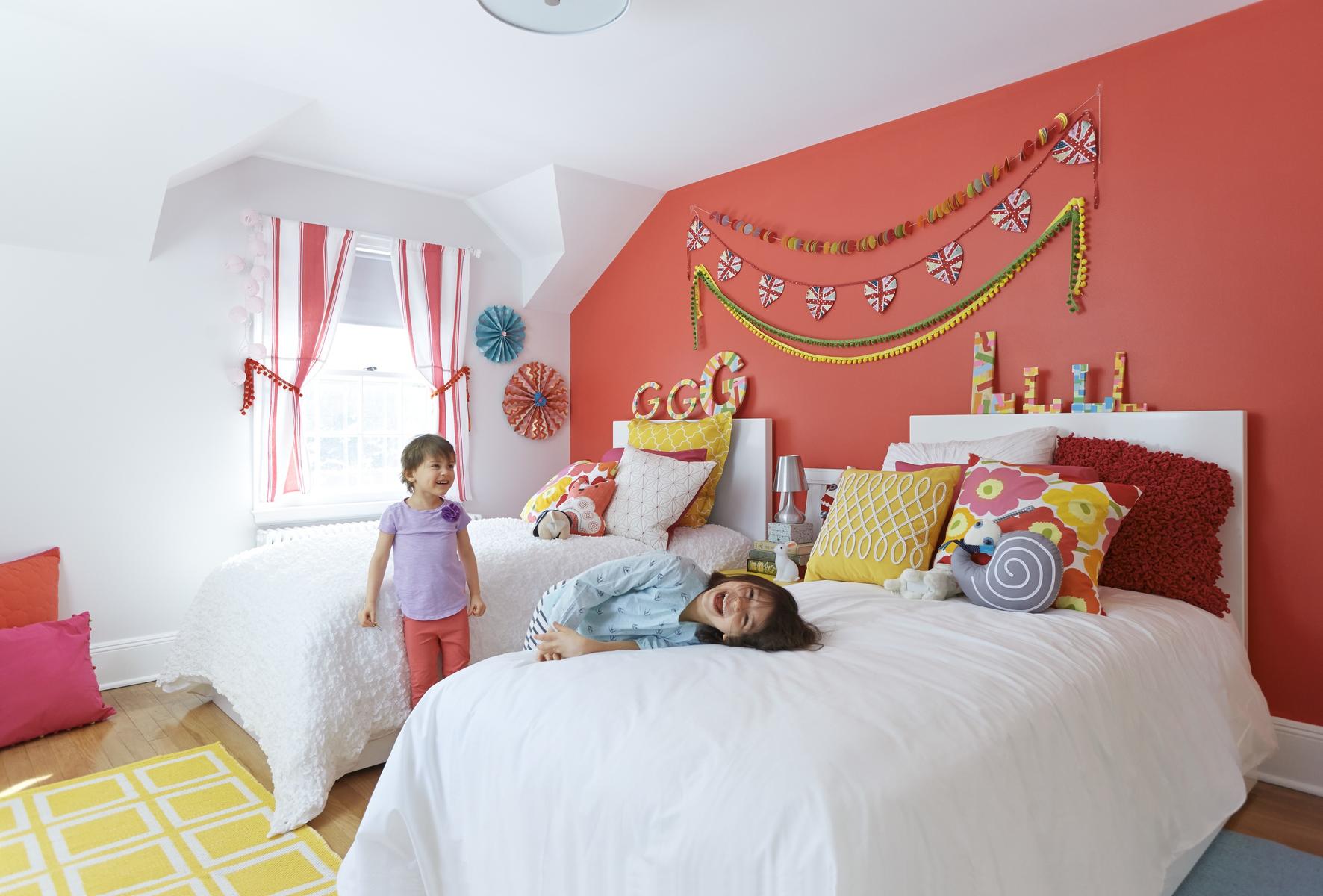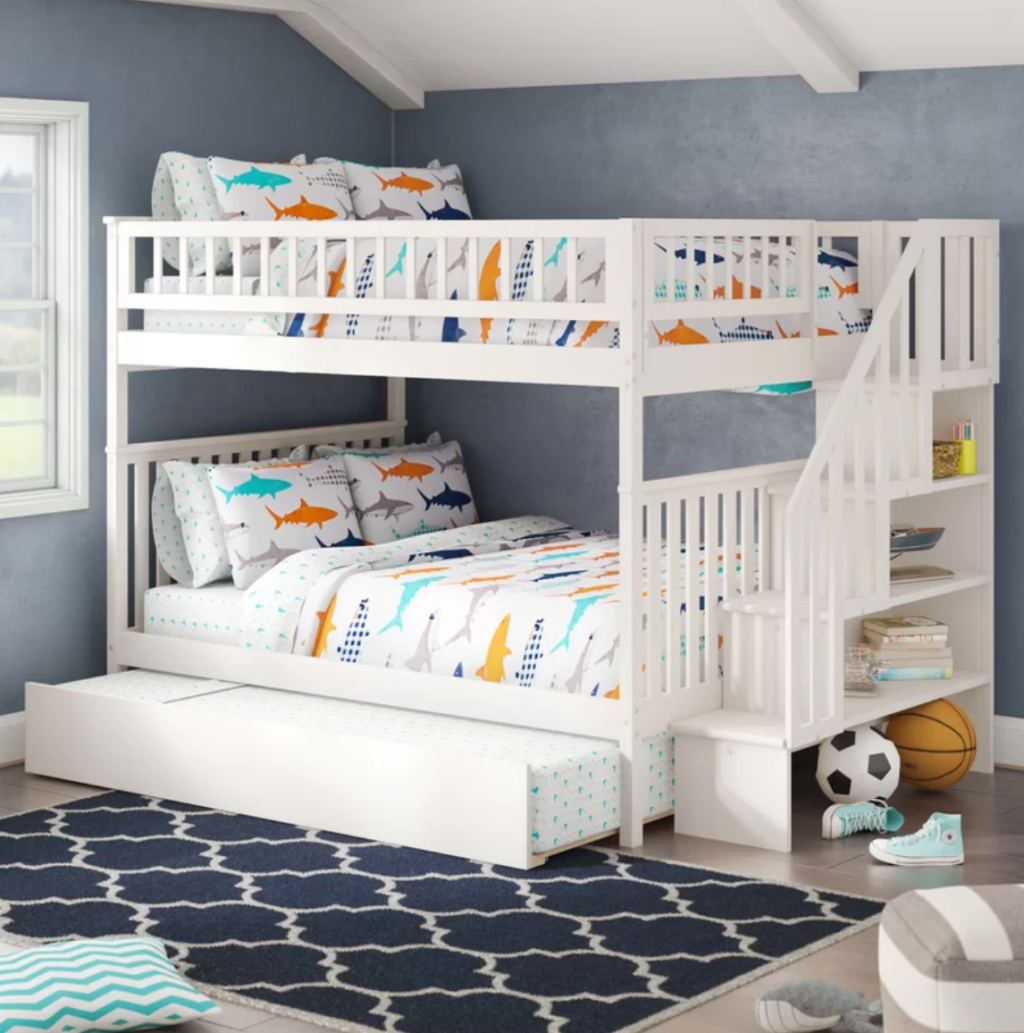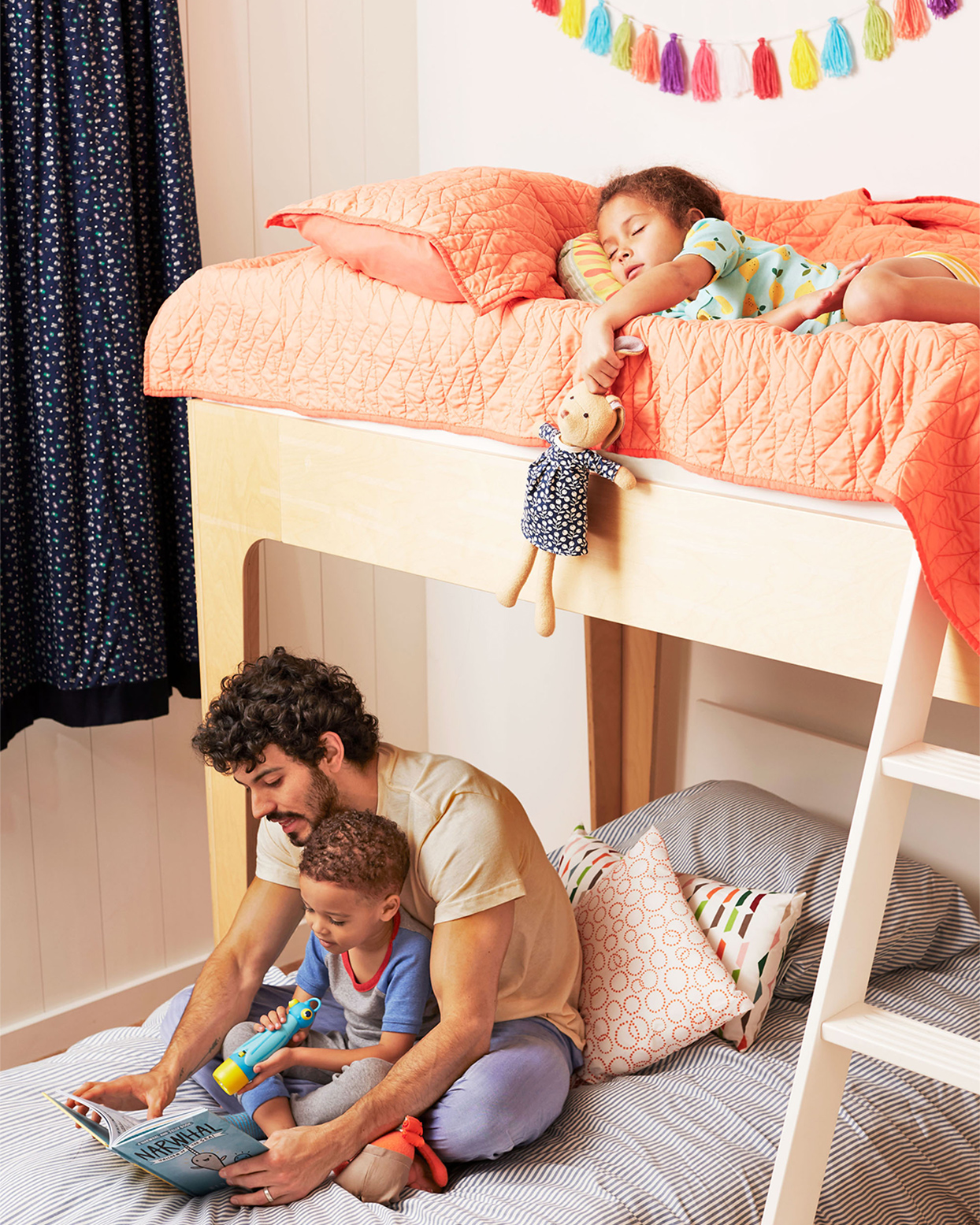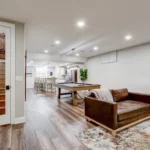Decorating rooms is a multi-step process. You would have to think of a motif, a theme. You’d think about what color you should paint the room, and what furniture it could get along with.
And then, after careful planning, you would then apply your perspective to reality. What shade is good in real life?
Decorating your bedroom is often a challenge alone. And trying to incorporate your child’s wants and needs is another. You would have to think about what styles they would like and pick something they won’t outgrow.
Considering their turbulent age, you would have to pick carefully as they continue to change and mature.
Tips to Make Your Bedroom Meet Your Child’s Sleep Standards
If you want to make sure that your child’s bedroom is designed to suit his sleep standards, here are some tips to keep in mind:
1. Pick a room color, and tone it down.

The color of the room is important as it sets the overall tone. Pick a color and find a neutral shade of that color. The neutral or “soft” tone creates that comfortable feel as the light bounces off, making the room seem bigger.
2. Invest in a good mattress.
If you’re going to room with your child, your kid needs a good mattress of their own. Don’t share a bed with them as it may develop a dependency on you as a parent.
A plush bed is an ideal option for kids, which feels not too soft nor too firm. Your kids need something that can support their bodies, but still cushioned enough to be called “soft.”
Having a separate bed in a room is called co-sleeping. It’s better because it can set boundaries for your child. They would need a good bed to retreat to, especially when a teenager’s moodiness comes in. A solace from the world that “couldn’t understand them.”
3. Build a creatives nook.
When your child is growing up, they would probably need more than a bed. They would want that creative juice overflow and have an outlet.
They would want a separate space for activities.
It’s important to create that secondary space, and not just a bed to sleep on. The nook can have a reading chair, bookcase, a desk, and a chair to study on—anything they want!
Creating this nook encourages solitude— what they can do in their alone time. And it’s simply a joy to have a separate place for things other than sleeping.
4. Reduce visible clutter.
Let’s face it; kids have a lot of clutter in their lives— From action figures to pencils, to toy cars, and many other tiny stuff lying around.

What you need to do is to get rid of the visible clutter. Put it in neat, stacked boxes. Place the stationery in pencil cups and papers stacked neatly in aside.
Getting rid of clutter has lots of benefits to it. It reduces stress and anxiety, especially to an already overloaded mind. And with an environment where everything is neat, it can boost productivity and creativity too! Plus, it also teaches your kid to have standards in neatness.
5. Install warm lights.
Apart from the center light of the bedroom, we recommend getting a lamp or a night light that has a warm glow.
This is important because the warm light sets the mood for sleeping. The soft light is dimmer, which helps you wind down. It gives you more of a relaxed vibe and thus making your kid sleepier than white light.
6. Use blackout curtains.
Blackout curtains are good because it gives you the option to have it completely dark or not. When the first light of that sunrise trickle in too early, these blackout curtains are a fool-proof way to keep them out.
7. Keep your child in the loop.
Do you want that bedroom to meet your child’s sleep standard? Let your kid have a say. Talk to them about it. Find out what they want. You’re going to be in charge of the materials, but the bottom line is, your kid is going to live in that room.
So allow them to share what they think, talk it out with them. And if you think that their idea is too much, reach a compromise, meet in the middle.

Remember that this private place must reflect their personality—their standards—so its best that you include them in the decision-making as well.
Conclusion:
Decorating a bedroom is sometimes taxing. You have to put in the work in order to get that vibe that you want. But it will all be worth it in the end.
You’ll feel it after a day’s work, and all you want to do is sleep. So happy decorating and happy sleeping!






